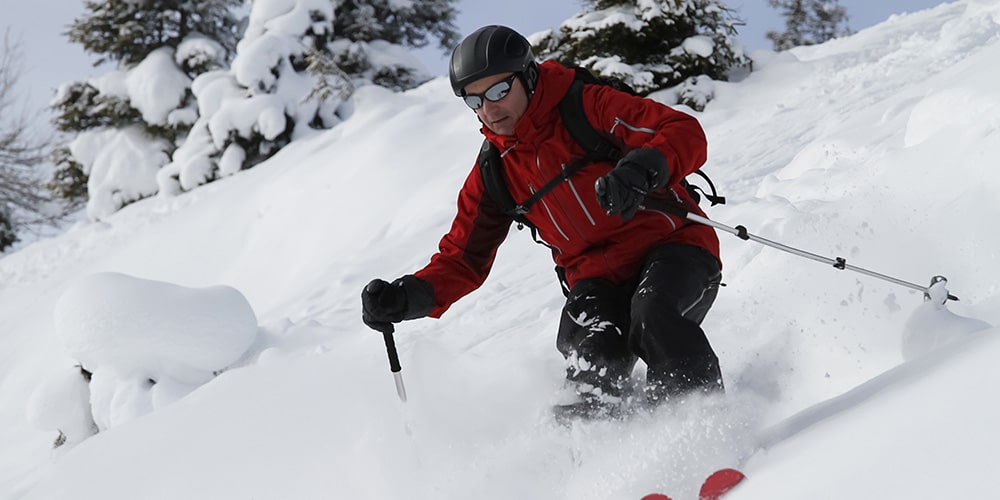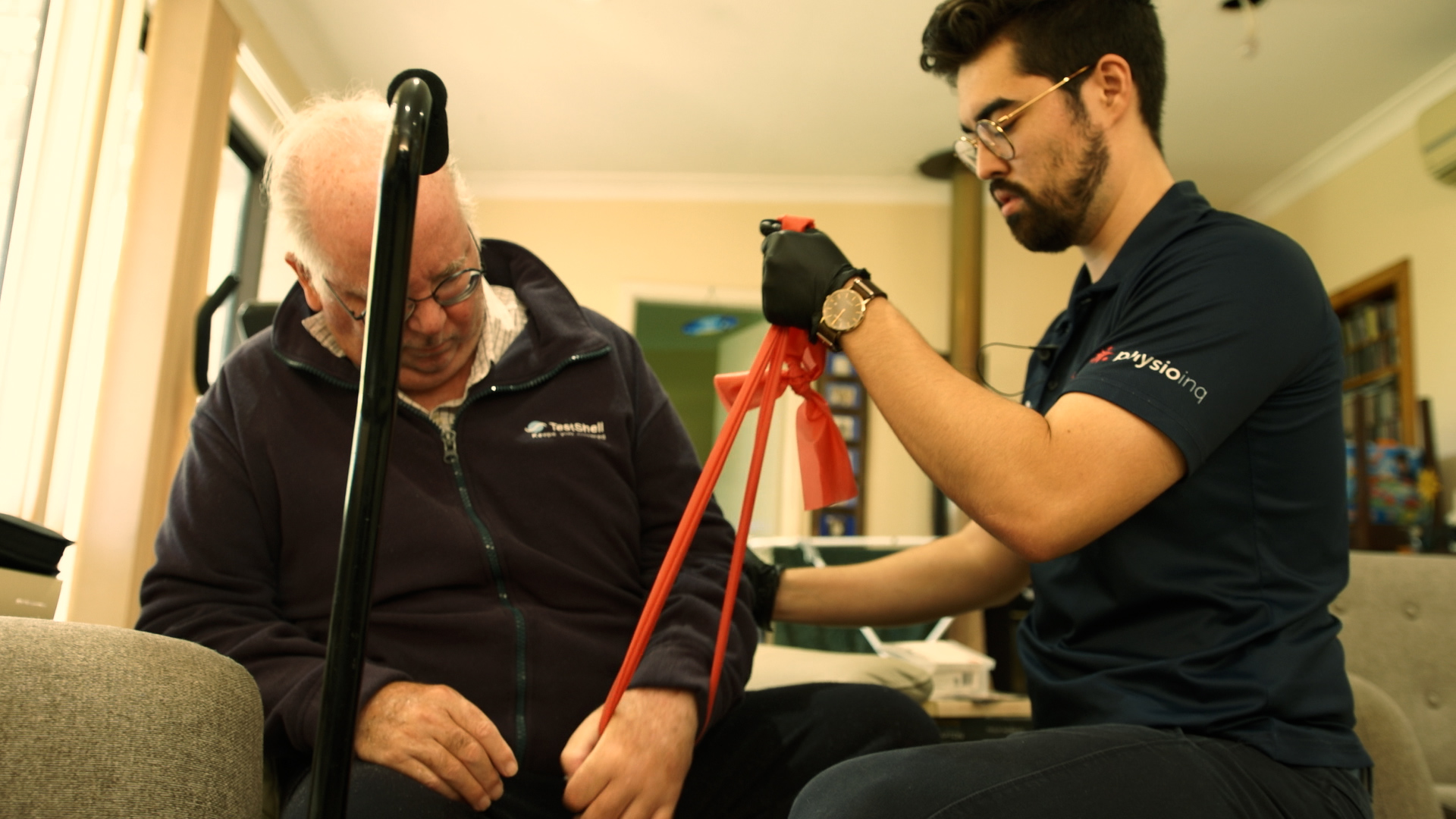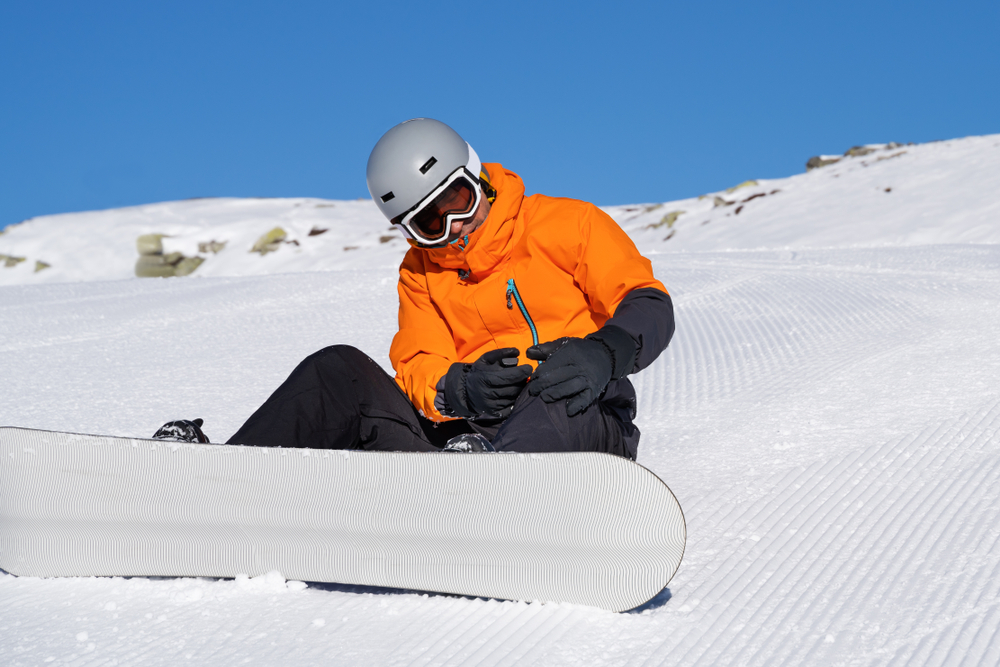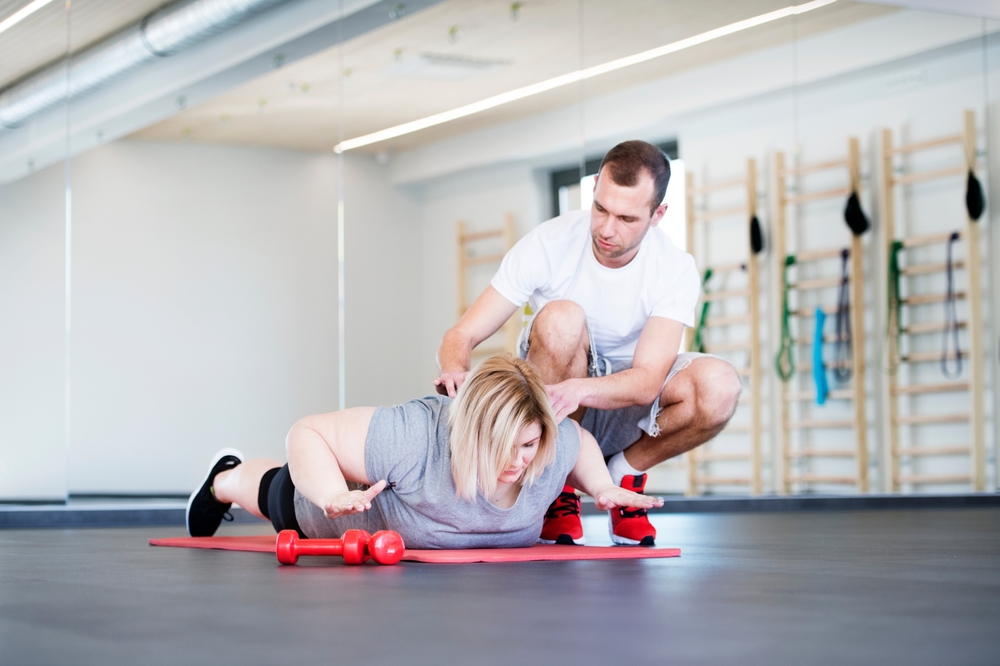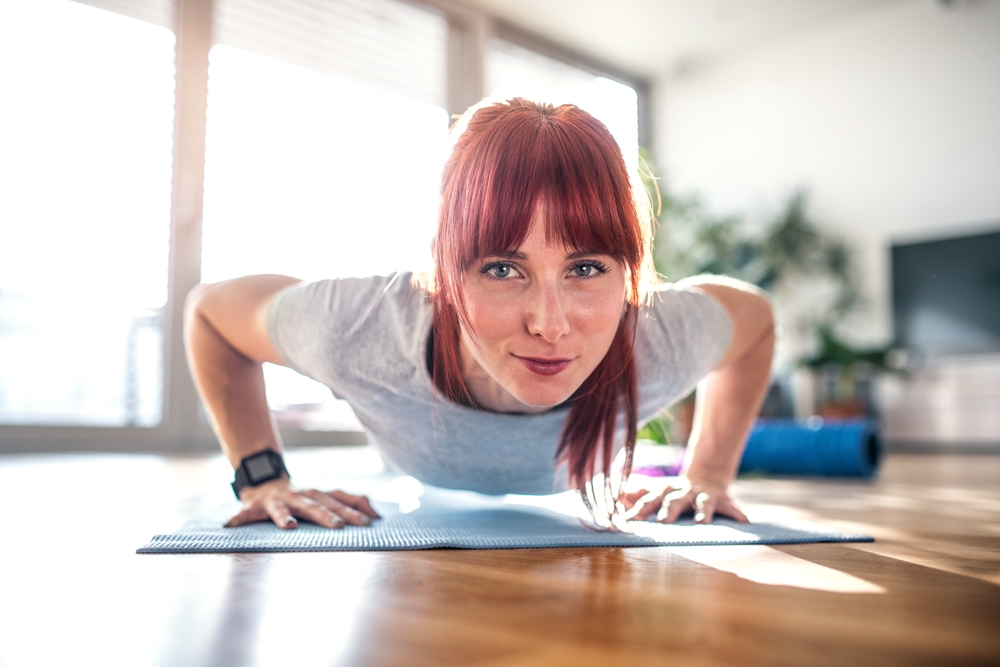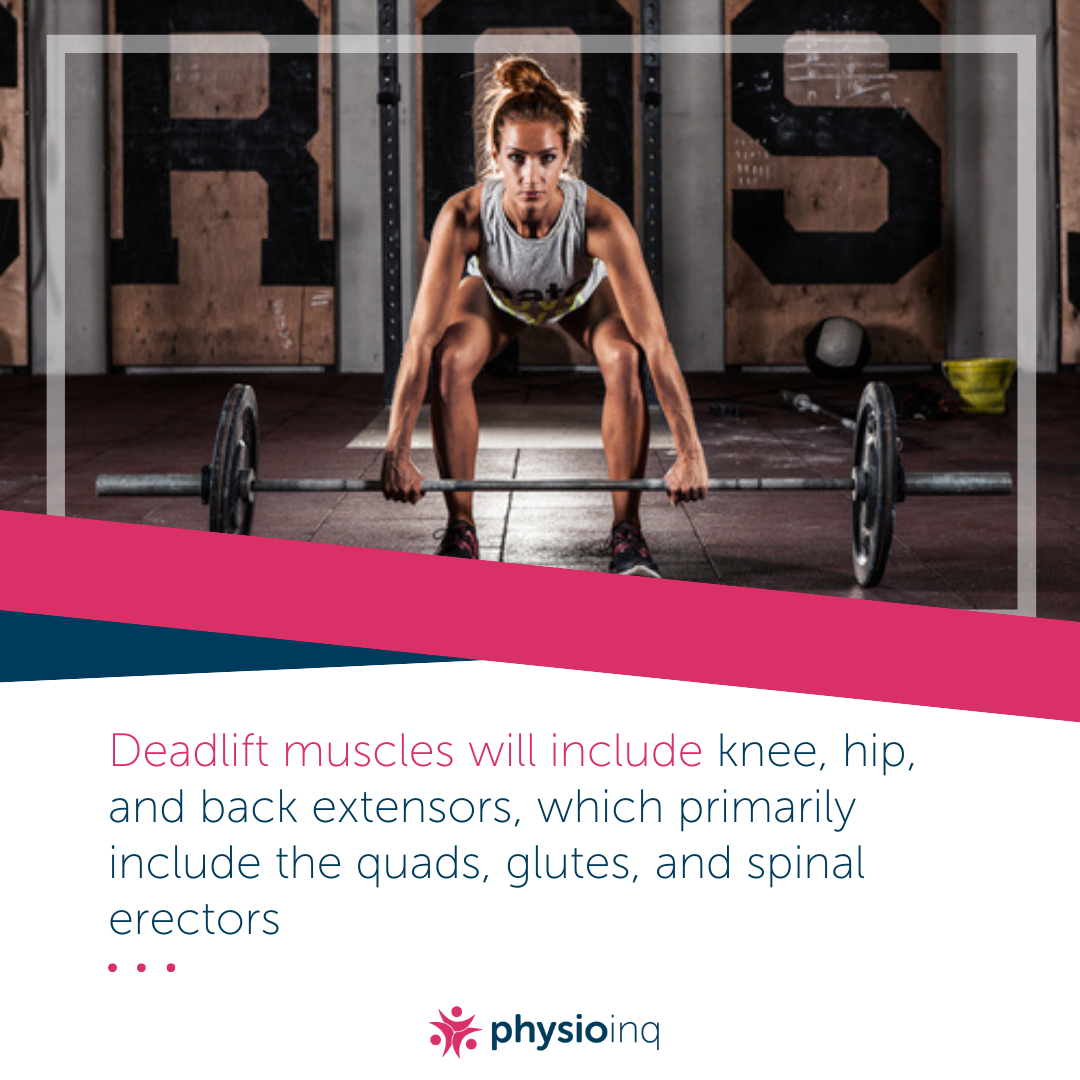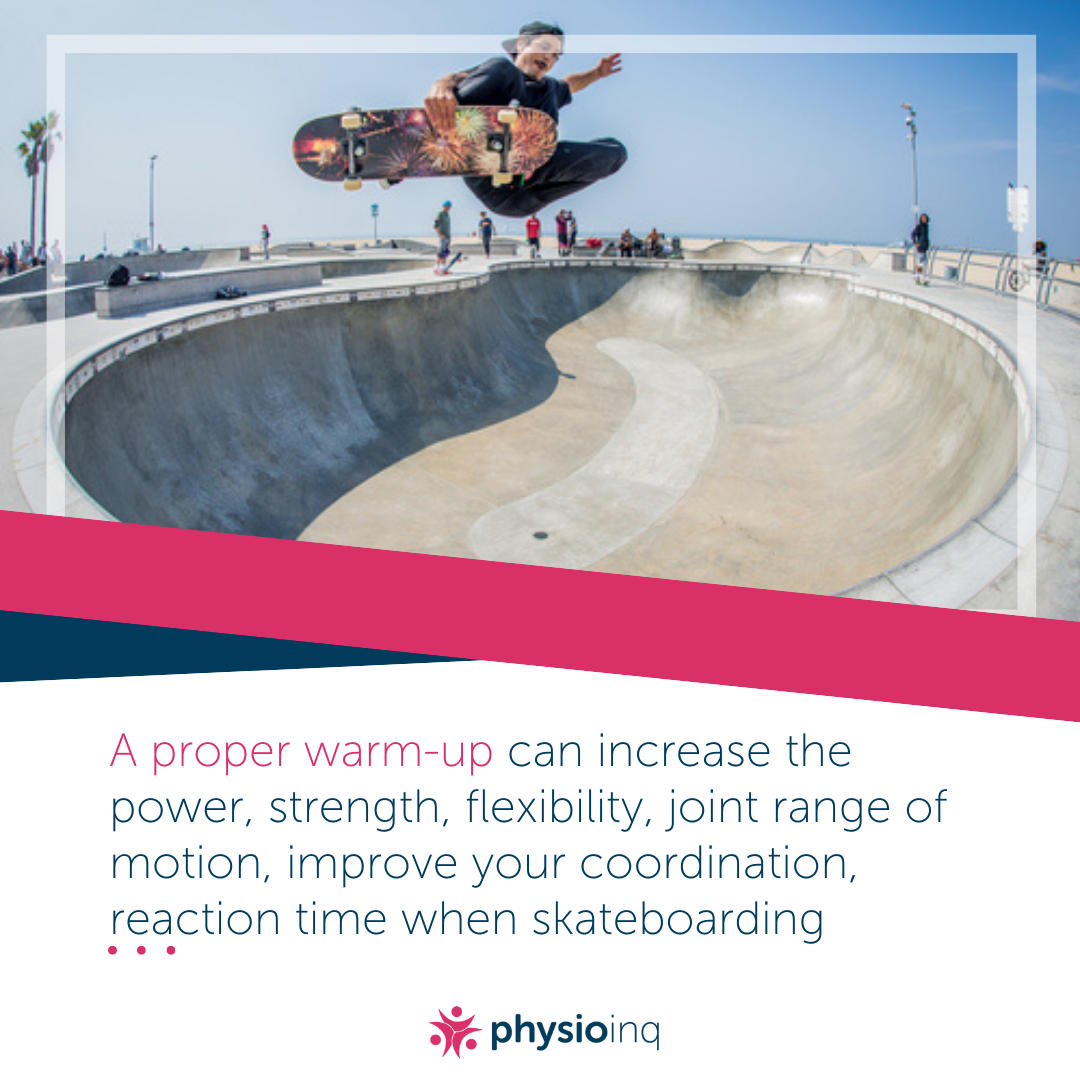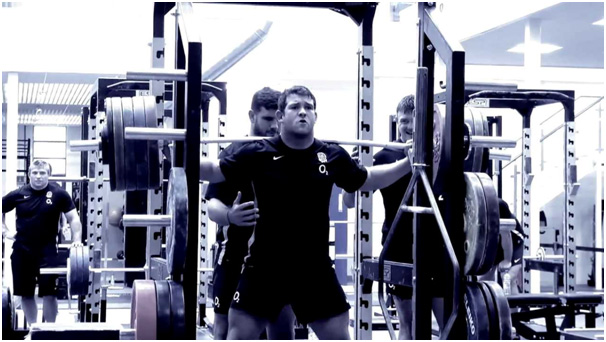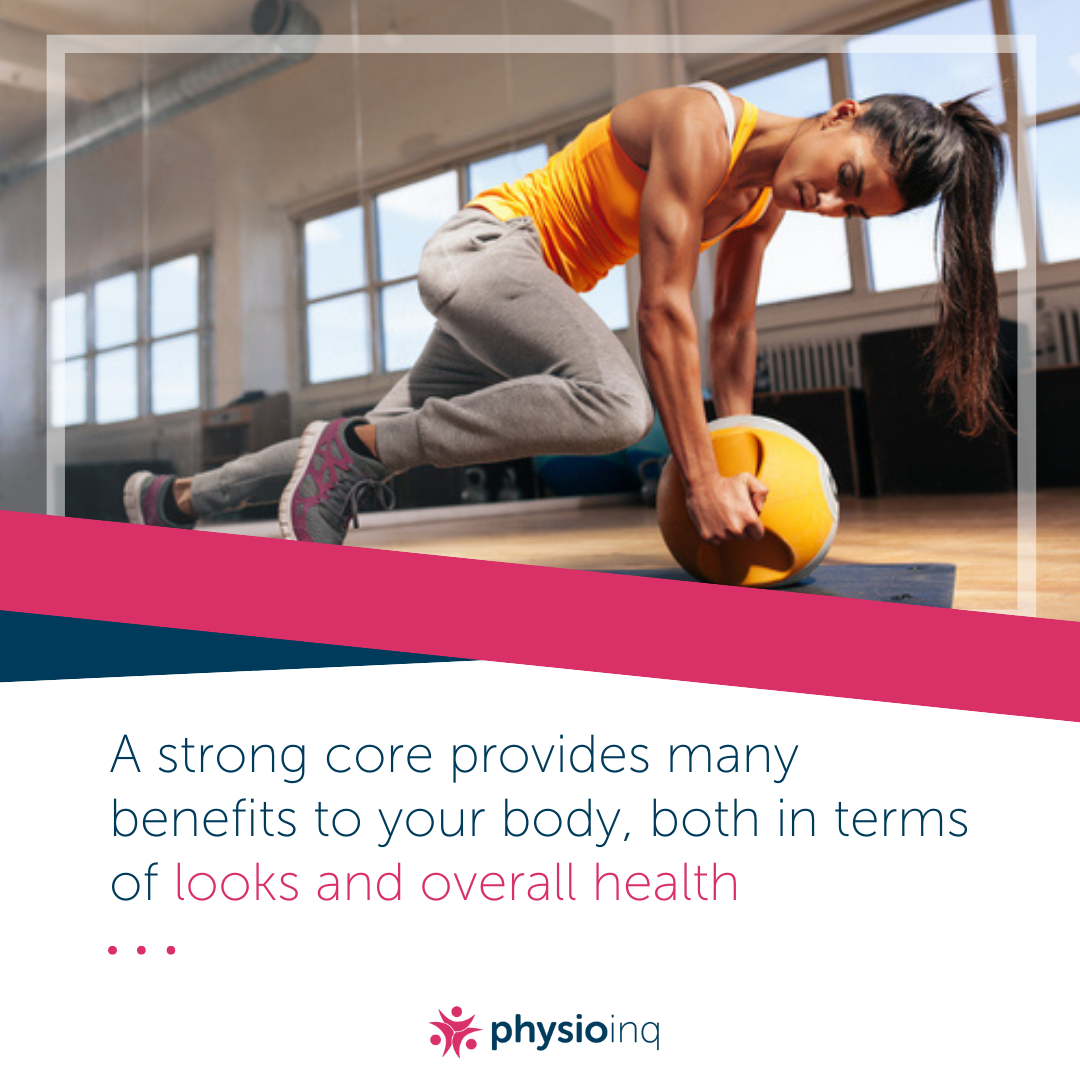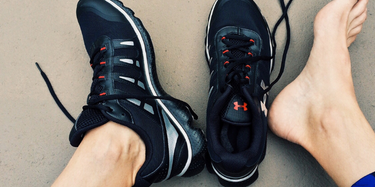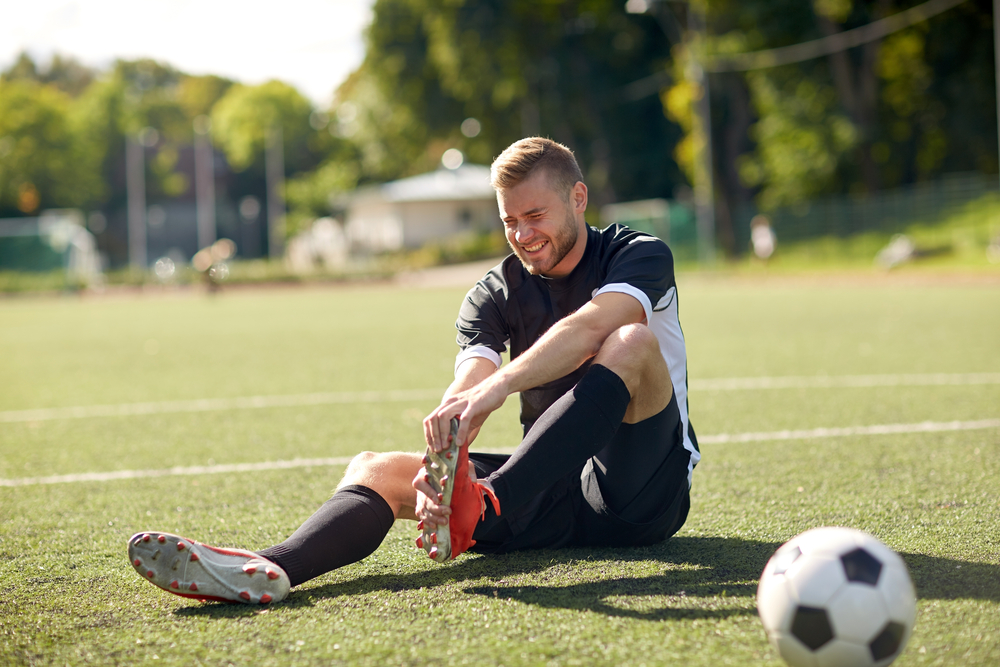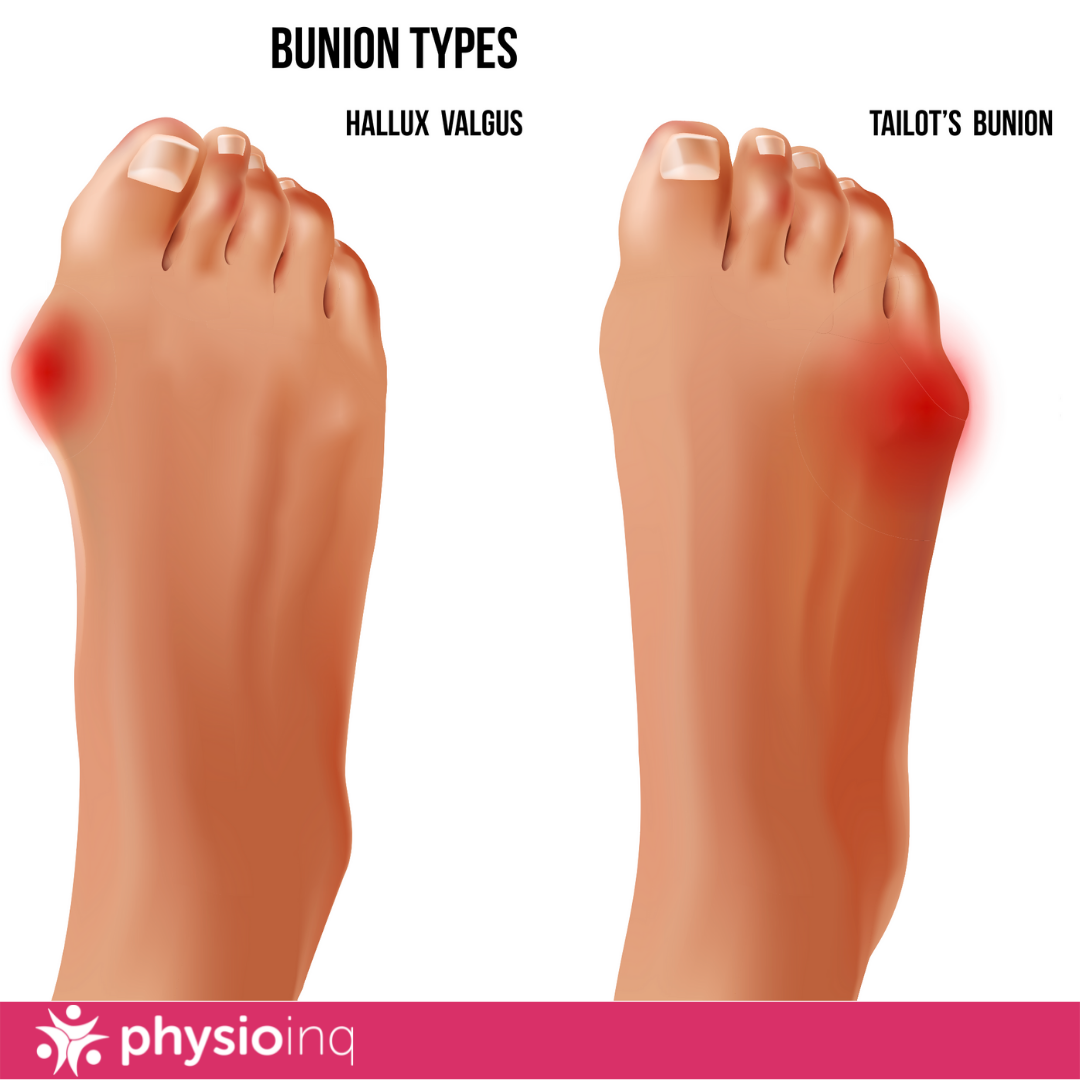Make an Appointment
Running season is almost complete. As we review our performances, it’s time we take a look at some key training sessions that should be implemented into future programs for improved performance.
Are there some techniques that are better than others? Is there a systematic way to go about improving your running? Whether you are aiming for the elusive sub-three-hour marathon or just trying to improve your park run time, these five sessions are the building blocks for reaching your goals.
Long Slow Distance
Also known as LSD, although not to be confused with the hallucinogenic drug, long slow distance involves running for a period of time a lot slower than your goal pace. This is the building block of endurance and helps to strengthen the ligaments and tendons in your legs.
When you run at a steady-state for long distances, even if you’re not working at your max effort, your body is still getting aerobic exercise and gaining stamina. Eventually, you’ll start running faster without even realising it. Even if you only slightly improve during each run, these small wins compound and lead to reaching your overall goal.
Use High Intensity Intervals with Medium and Short Distances
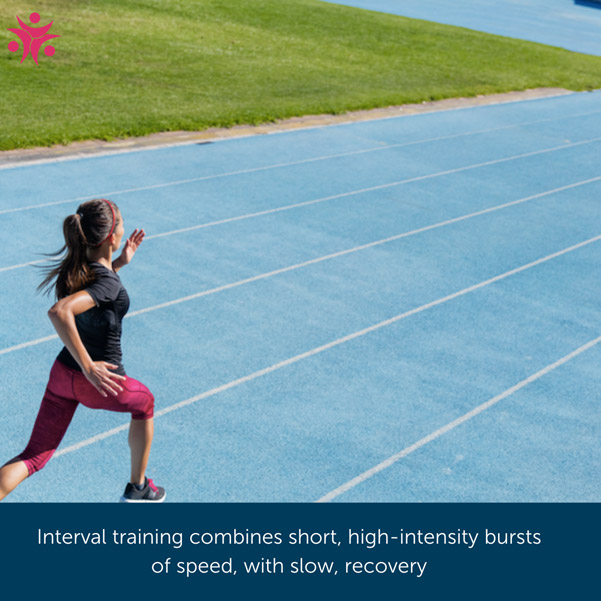
High intensity interval training and also known as HIIT. You may have heard of it.
This type of session is most commonly completed on the track or with known distances. Pro tip: You can use a Garmin or GPS device to get your distance.
For the beginner, a good session is five to ten minutes long, doing 200 metre repeats with a 100-metre walk recovery.
For the experienced athlete, a pyramid is really useful. You’ll pick a starting point and go up and down the pyramid using intervals. Starting point, recover for half the distance, then double the original distance before recovering using half of that. Ok – this might be confusing. Let’s try an example.
With a pyramid interval session, your running schedule might look like this: 400 m, 200m, then 800m, 400m; 1200m, 600m; 1600m, 800m then back down, running 1200m, 800m, and 400m.
HIIT works to boost your endurance because it’s all about improving your recovery. As your body switches back and forth between your maximum effort and a recovery period, your heart gets better and faster at recovering.
At the end of the day, the true measure of fitness is how quickly your body can recover and therefore, push harder and go longer.
Tempo
When running medium distances, it’s important to go easy on your tempo - but generally not too much slower than your goal pace. The tempo session is used to acclimatise your body to the pace you eventually want to achieve.
Toward the end of the run, you might gradually increase your tempo so that, as your body gets used to the effort, you’ll eventually reach your goal pace.
Strength Training
When training to improve your running, it’s not all about cardio fitness. It’s also a lot about building strength and power. Strength training helps you maintain technique for longer periods of time so these sessions are the incredibly important.
You can perform strength training either in the gym with the help of a physiotherapist or one your own. Or you can even add in some strength training into your runs by doing stair sprints and jogging back down or running uphill.
What to Do Before and After You Implement These Techniques
To truly take your running to the next level, focusing on effective recovery is just as key to performance as is actually doing the sessions. Here are the best things to do before and after a running session to help your body recover quickly:
- Fuel: Eat something with complex carbs about three hours before a session and fuel up with protein after to help your muscles rebuild and become stronger.
- Stay hydrated: Water works wonders but electrolyte drinks can also be beneficial.
- Warm up and cool down: Dynamic stretching (meaning moving through stretches) are best before a run and static stretching (holding a stretched position) is effective afterward.
- Invest in proper footwear: Track the mileage of your shoes and understand when it’s time for a new pair.
- Soak your muscles: Warm baths and Epsom salt soaks can be great for sore muscles and relaxing them back into their natural state for speedy recovery.
- Put your feet up: Especially as a beginner, long runs can mean sore and sometimes swollen feet. So, lie on your back with your feet up against a wall for a couple minutes to drain your legs so that fresh blood can make its way to your feet.
- Ensure proper technique: Finally, it’s essential to recovery and injury prevention that you’re employing proper technique while you run. This might be training with a coach if you’re a beginner.
Ready to get serious about your running technique? Well then, it’s time to consult an Exercise Physiologist. They’re training to use exercise techniques to tailor a program that’s right for your unique body and goals.
At Physio Inq, our Exercise Physiologists can work with you either in one of our convenient locations around Australia or they can come to your home or gym with our amazing mobile services.
Working with an exercise physio on your running goals means you’re in safe hands and you run much less of a risk of getting injured or stalling in the process. If you’re looking to improve your speed and pace or you’re simply looking for avoid injuries and strengthen the joints that help you run stronger, we’re here for you! Give us a call to learn more about the benefits of exercise physiotherapy or book an appointment online today!
Happy Running!
Date Published: Thursday, January 16, 2020
Locate a Mobile Exercise Physiology
Service Near me
Get the experience & convinence you deserve to support your or a loved one's allied health needs.
Our Mobile Exercise Physiology team are currently serving & taking appointments in the following states and regions in Australia:
Need to get into direct contact with ur Client Services team? We're all ears. Call our team directly on 1300 731 733
